 |
| A gift I received from my EAP group on their graduation. |
In January 2011 I took a course to prepare for teaching a new one. The course I took online through UMBC was called TET (Teaching English to Teens) and the course I would start teaching was named English Access Microscholarship Program or just Access or EAP as we call it now. This program according to the official description on the web "provides a foundation of English language skills to talented 13-20 year-olds from economically disadvantaged sectors through after-school classes." In this post I will try to describe my experience with the English Access Program and how I applied some of the theory I learned in the preparatory course. (or already knew) to my classes.
The course on teaching English to teens lasted about a month or so and the new EAP group started in March 2011. The TET course was helpful because it reminded me that teenagers, despite social/economical background, are equal in the sense that they share certain characteristics of personality and have needs that are almost universal. Therefore, taking that issue into consideration and trying to address it, is vital for a successful class. Being aware of these variables, what I did was to apply principles for teaching language to this group catering to some of their specific needs.
One important thing I had to do was to change students' attitude towards the language. Knowing that they were probably coming from a school where English was taught mainly through translation, I could assume that many them believed that learning English was difficult or even impossible. Therefore I told and showed them (through teaching) that translating was not always the best strategy for learning a foreign language. Once they knew it and realized they could understand chunks of language without necessarily finding the equivalent word or expression in their mother tongue, they discovered a new way of learning, and consequently, started changing their attitude towards the target language.
Another important aspect to consider was keeping learners interested in coming to our Friday meetings. Although these students were quite motivated to take the course, I thought it would be advisable to give them something to look forward to when coming to class. To achieve this goal, I used music. Almost every class I played some latest hit song. I usually had some kind of task related to the song. In other occasions I just projected the lyrics on the screen and we sang along. They really had fun and later told me they had that song on their heads all week long. Sometimes songs were not that recent, but if I felt the song had a cultural/historical value, I played it and explained to them why it was important. For example, if there was a major event in which a certain musician (unknown to them because of their age, but famous worldwide) was going to give a performance, I would play his/her most famous hit. This proved to a good strategy because it anticipated something they would see on TV and made them feel more aware of the world around them. So music was a motivator and another way of changing their attitude towards the language.
Providing a range of learning options and resources is also another important issue when teaching a foreign language. In relation to this, I remember that before the course began, we (school coordinators and teachers involved in the program) were concerned about the digital divide. We were a bit cautious about using the web for blended learning because we assumed that these learners, given their social economical background, would not have the desired access to computers with internet connection. To our surprise, however, not only did they have access to the web but were also able to do tasks assigned for web based projects and the available web resources to advance their learning. In this regard, the initial assumption that they had no access to computers was wrong. Under these circumstances, we were able to work on several projects in which they went home, gathered information from their relatives and community, and later shared them in class and published their work on the web. Such projects did not make them more autonomous but also provided an opportunity for reflection and discovery.
It is true that teens have emotional and intellectual needs. However, they also have a very basic physical need: food. Their growing bodies demand a lot of energy and they love eating junk food and sweets. Cooking, however, is not one of my specialties. Nonetheless there is one thing I can make that almost all my students simply love: chocolate chip cookies. Therefore, I made cookies for my EAP class quite often. Once I made them during class Getting some involved in making the though, others in writing the recipe on the board, and others in taking pictures or filming the event. Some of them learned the recipe and baked cookies for their families. I could see that something as simple as this helped them see themselves as more valuable and autonomous learners once they could share something learned in class with their community. Cookies became a sort of transitional object that frequently popped in our conversation and mediated our informal interactions. This connection was so meaningful that we scheduled a reunion some time next year to get together and have some cookies and refreshments.
The enhancement activities were a kind of mandatory part of the course. What we tried to do was to whenever possible draw a parallel between their culture and the target language culture. This was a nice away of contextualizing learning and providing students with an opportunity to make discoveries or recycle their own culture. Once they did that it also made them proud of their background and increased their self-esteem. The latter being an area that deserves special attention first due to their age group and second due to their social economic situation.
All in all, I would definitely say that my experience with this program was a very rewarding one for me and for the students as well. As I watched each one of them walking towards the stage to get their certificate, I felt that they were a bit transformed and had taken their first steps into their journey of learning a foreign language and many other things that will be extremely important for their lives. As a teacher, I felt grateful for the contribution they had given to make my classes better, enabling me to teach teens just like them that will be entering my class next year.


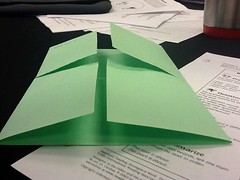

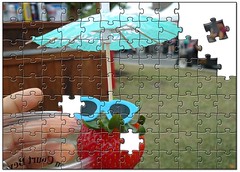






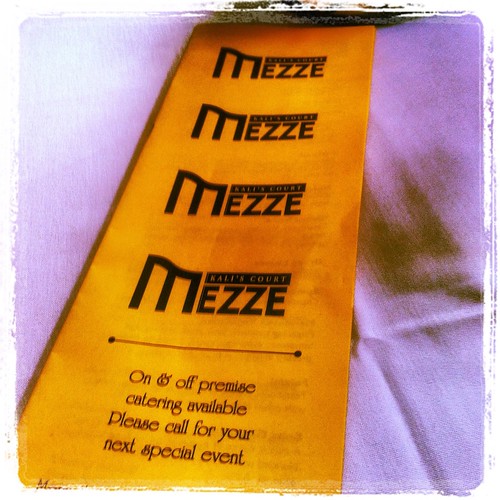

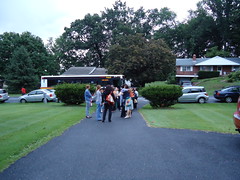
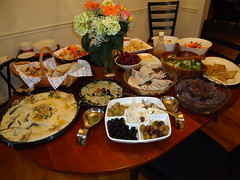



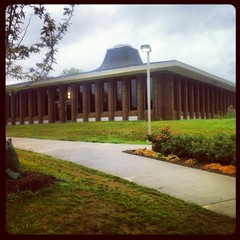








![ctjteens [licensed for non-commercial use only] / Giovanna Resende http://ctjteens.pbworks.com/w/page/43632118/Giovanna%20Resende](http://kwout.com/cutout/m/d9/9r/wdc_bor_rou_sha_w458.jpg)